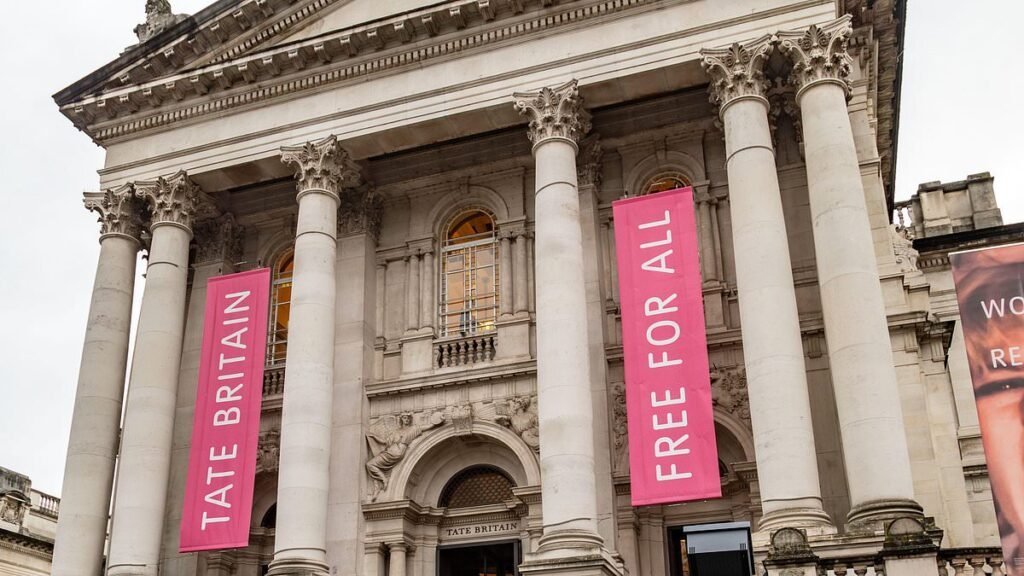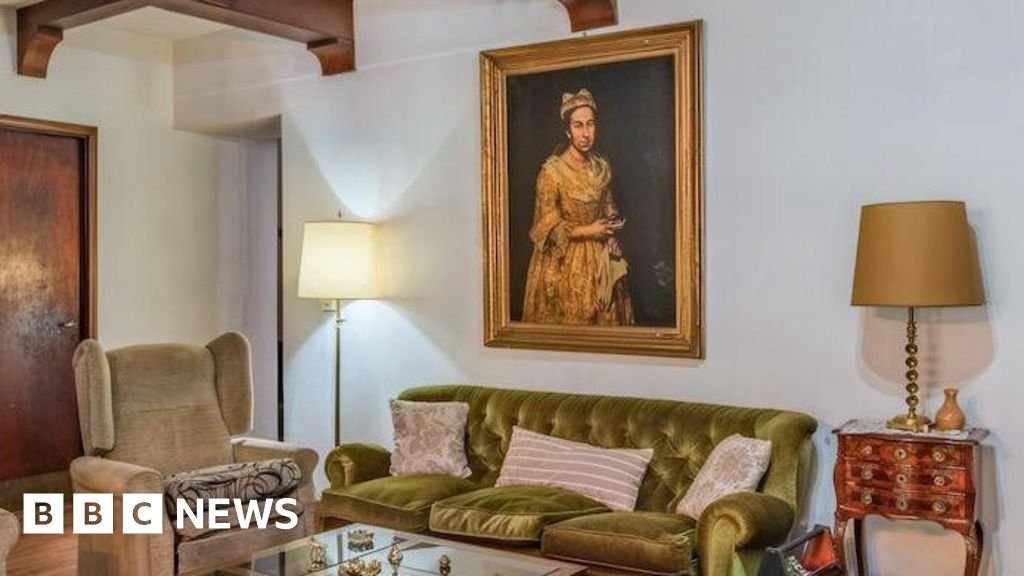By Chris Hastings, Arts Correspondent
01:02 23 Jun 2024, updated 01:02 23 Jun 2024
The Tate gallery may have to give up one of its paintings amid claims that it was looted from its original Jewish owner by the Nazis.
The Mail on Sunday can reveal that the government’s Spoliation Advisory Panel has received a claim for a painting called Aeneas and his Family Fleeing Burning Troy by the English painter Henry Gibbs.
The panel which resolves claims about art works looted during the Nazi period will now test the legitimacy of the claim before deciding if the artwork should be removed from the gallery and returned to its owners.
A source close to the panel said: ‘A claim has been received for an item in the possession of the Tate.
The painting depicts an act of heroism by the mythological Aeneas, the son of the Greek goddess Aphrodite.
Painted in 1654 it is widely seen to be an allegory on the English civil war.
Neither the identity of the claimant nor the precise details of their claim have been revealed.
Click here to resize this module
But the Mail on Sunday understands the claimant is arguing that the painting once belonged to a prominent Jewish art dealer who was forced to sell it to a Nazi sympathiser for far less than its true worth.
Prior to the outbreak of war the painting was one of more than sixty which belonged to Samuel Hartveld who ran a successful gallery in Antwerp.
Shortly before the Nazi invasion of Belgium in May 1940, Hartveld, then 62, and his wife Clara Meiboom left the country for safety in the United States.
Their library of art books and catalogues was taken away by the Nazis.
Hartveld or someone else sold the gallery and the entire art collection to Rene Van de Broek, a 31 year old art restorer who also happened to be a member of a Flemish organisation called DeVlag which campaigned for closer links with Hitler’s regime.
A Belgian journalist and author called Geert Sels who has investigated the circumstances surrounding the sale has revealed that Van de Broek paid just two hundred thousand francs for the gallery and the collection of paintings.
Sels argues that this was far below the market price.
He points that the physical building which housed the gallery and which had been built with a mortgage of eight hundred thousand francs, was worth more than that on its own.
While in charge of the collection Van de Broek is believed to have sold a number of the paintings including the one by Gibbs to other third parties.
After the war he was questioned by the authorities about his pro Nazi sympathies.
He produced a letter which purported to show that Hartveld was happy with the way he had cared for the collection.
But Sels has referred the letter to a handwriting expert who has cast doubts on its validity.
Mr Hartveld died before he could be reunited with his collection which is now scattered in galleries across Europe.
His son Adelin, was killed fighting for the Belgian resistance in 1942.
The Tate which purchased the painting in 1994 was unaware of its history until recently.
A spokesperson for the Tate said: ‘We have been in contact with the representatives of a claimant and we have proposed that they refer the matter to the Spoliation Advisory Panel, as is standard practice.’ The spokesperson also confirmed that Tate was in contact with Geert Sels about his research into the painting.’ The Spoliation Advisory Panel offers non-binding recommendations in response to a claim.
Where the panel recommends restitution of an item in a national museum and the museum agrees, the agreement of the Secretary of State is also required before an item can be returned.






